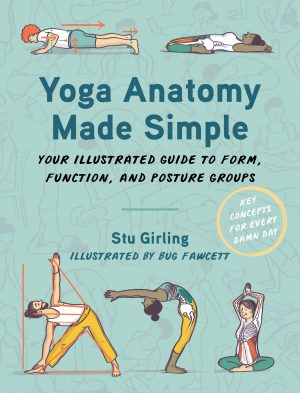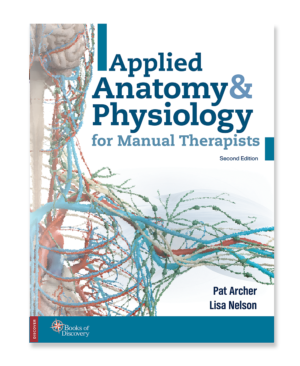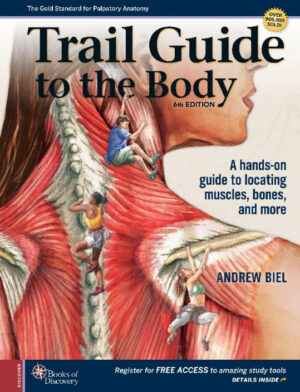Functional Anatomy for Occupational Therapy
Functional Anatomy for Occupational Therapy
£79.99
Functional Anatomy for Occupational Therapy provides students with a solid foundation for understanding the science of purposeful movement.
Lead author Nathan Short―a practicing OT―presents functional anatomy across the human life span through an occupation-based lens, in the context of clinical practice.
This highly informative textbook provides:
- A comprehensive, occupation-based approach to functional anatomy, goniometry, and manual muscle testing (MMT)
- An “OT voice” that frames functional anatomy in the context of purposeful movement
- Anatomical illustrations and cadaver-dissection images for unrivalled visual instruction
- Instruction aligned with ACOTE standards and OTPF-4 concepts and terminology
- Goniometry and preparation for licensure exams and clinical practice
- Goniometry and MMT
- The companion e-Textbook, OT Guide to Goniometry, and MMT presents detailed video and photographic instruction for more than 50 common functional movements.
The in-depth orientation and step-by-step demonstrations help students develop these vital assessment skills.
Additional information
| ISBN | 9780998785011 |
|---|---|
| Binding | Paperback |
| Dimensions | 275 x 212 mm |
| Book author | Nathan Short, Joel Vilensky, and Carlos A. Suárez-Quian |
| Pages | 432 |
| Text | Full colour |
| Illustrations | 916 colour photos and images |







